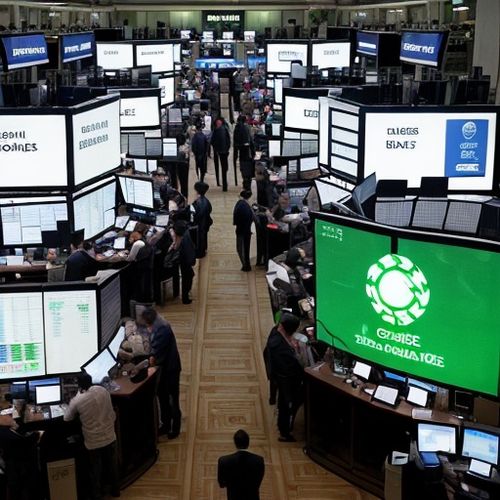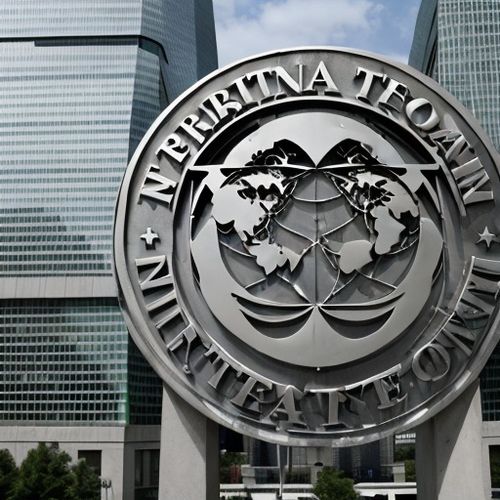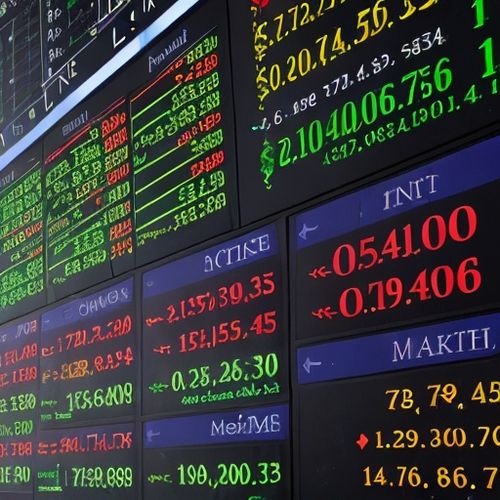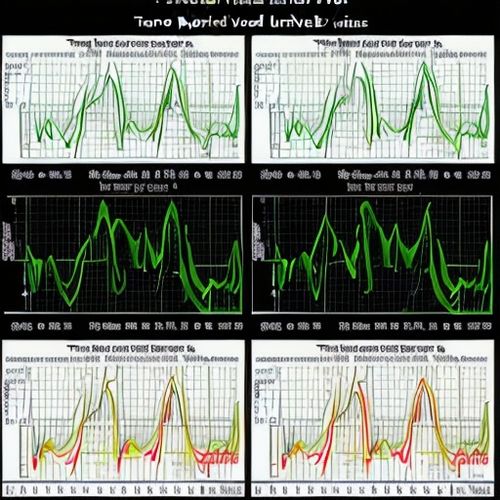The financial markets operate as a complex ecosystem where capital flows between investors and entities seeking funding. At the heart of this system lie two fundamental market classifications: the primary market and the secondary market. While both serve as critical components of the financial infrastructure, they function in distinctly different ways, catering to separate stages of a security’s lifecycle. Understanding these differences is essential for investors, issuers, and anyone navigating the world of finance.
The primary market represents the birthplace of securities, where they are created and introduced to the financial world for the first time. This is the domain of initial public offerings (IPOs), private placements, and other methods through which companies or governments raise fresh capital. When a corporation decides to go public or a government issues new bonds, these transactions occur in the primary market. The key characteristic here is that the money flows directly from investors to the issuer, enabling the latter to fund operations, expansion, or specific projects.
In contrast, the secondary market serves as the trading arena where existing securities change hands between investors without any involvement from the original issuers. Stock exchanges like the New York Stock Exchange or NASDAQ epitomize secondary markets, providing liquidity and continuous price discovery for previously issued stocks, bonds, and other financial instruments. Here, the trading activity doesn’t generate new capital for companies but rather redistributes ownership among market participants based on shifting valuations and investment strategies.
The relationship between these two markets resembles a symbiotic partnership. The primary market’s effectiveness in raising capital depends heavily on the secondary market’s ability to offer subsequent liquidity. Investors are more willing to commit funds in primary offerings when they know they can later sell those holdings in an active secondary market. This liquidity premium essentially lowers the cost of capital for issuers, making the entire system more efficient.
Price determination follows different mechanisms in each market. Primary market pricing often involves negotiation between underwriters and issuers, influenced by financial statements, growth prospects, and comparable company valuations. The process can be subjective, with investment banks playing a crucial role in setting initial offer prices. Secondary markets, however, operate through continuous bidding processes where prices fluctuate based on real-time supply and demand dynamics, news events, and macroeconomic factors.
Regulatory oversight varies significantly between these markets. Primary market transactions typically face stringent disclosure requirements and prospectus filings to protect investors from misinformation. Securities and Exchange Commission (SEC) regulations in the U.S., for instance, mandate detailed financial disclosures before companies can access public capital markets. Secondary markets focus more on ensuring fair trading practices, preventing market manipulation, and maintaining transparent price discovery mechanisms.
The investor profiles differ markedly between these two arenas. Primary markets often attract institutional investors—hedge funds, pension funds, and other large money managers—who can absorb substantial blocks of new securities. Retail investors typically access these opportunities through mutual funds or after the securities begin trading publicly. Secondary markets democratize access, allowing individual investors to trade securities in relatively small quantities alongside institutional players.
Market volatility manifests differently across these two segments. Primary markets experience volatility in terms of deal flow—the number and size of new issuances fluctuates with economic cycles, interest rate environments, and investor risk appetites. Secondary markets exhibit price volatility, with security values changing by the minute based on news, earnings reports, and broader market sentiment. This distinction creates different risk profiles for participants in each market.
The evolution of technology has impacted both markets, though in varying ways. Primary markets have seen digitization of processes through electronic filing systems and virtual roadshows, but the fundamental underwriting process remains relationship-driven. Secondary markets have undergone more radical transformation with algorithmic trading, dark pools, and instantaneous global execution reshaping how securities change hands daily.
Understanding these two market classifications provides crucial insight into how capital formation occurs in modern economies. The primary market’s capital-raising function fuels business growth and government financing, while the secondary market’s liquidity provision ensures that capital remains efficiently allocated over time. Together, they form the backbone of global financial systems, each playing indispensable yet distinct roles in wealth creation and economic development.

By Emily Johnson/Apr 24, 2025

By Victoria Gonzalez/Apr 24, 2025

By Michael Brown/Apr 24, 2025

By David Anderson/Apr 24, 2025

By Ryan Martin/Apr 24, 2025

By Victoria Gonzalez/Apr 10, 2025

By David Anderson/Apr 10, 2025

By Noah Bell/Apr 10, 2025

By Michael Brown/Apr 10, 2025

By James Moore/Mar 30, 2025

By Rebecca Stewart/Mar 30, 2025

By George Bailey/Mar 30, 2025

By Noah Bell/Mar 30, 2025

By Samuel Cooper/Mar 30, 2025

By Elizabeth Taylor/Mar 30, 2025